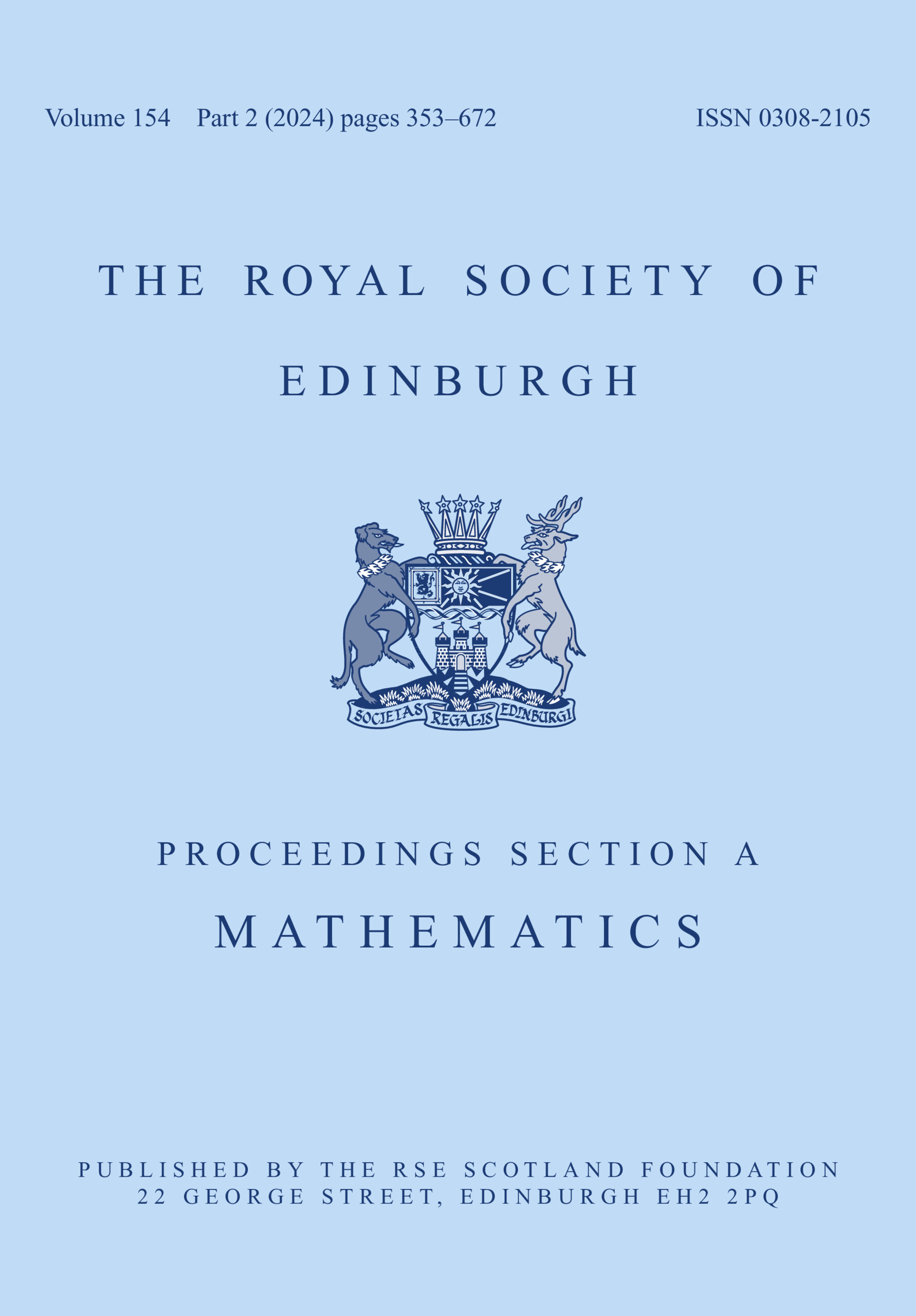No CrossRef data available.
Article contents
Equivariant covering type and the number of vertices in equivariant triangulations
Published online by Cambridge University Press: 22 November 2024
Abstract
We introduce the notion of the equivariant covering type of a space X on which a finite group G acts and study its properties. The equivariant covering type measures the size of G-equivariant good covers of X and is thus an extension of the covering type of a space, introduced by Karoubi and Weibel. We show that the equivariant covering type is a G-homotopy invariant and describe its relation with other G-invariants, like the equivariant LS-category, G-genus, and the multiplicative structures of equivariant cohomology theories. We also compute the G-covering type of regular G-graphs, give estimates for orientation-preserving actions on surfaces and for the projectivizations of complex representations of G and cohomology spheres. As an application, we derive estimates of sizes of minimal G-triangulations for various G-spaces.
MSC classification
Information
- Type
- Research Article
- Information
- Copyright
- © The Author(s), 2024. Published by Cambridge University Press on behalf of The Royal Society of Edinburgh


